
We’ve seen smartphone battery life make some pretty strides in recent years. Whether it’s low power CPU cores, better optimized software, or just plain ‘ol higher capacity batteries, — manufacturers still have their work cut out for them. But there’s another key piece of smartphone hardware we might soon see play a bigger role in battery life: the display.
Sure, we’ve already seen the benefit of low-power displays with Samsung leading the pack thanks to their AMOLED technology which essentially allows the display to “turn off” pixels individually when displaying black, causing little-to-no battery drain. But what if we could take that a step further? What if our phone’s display was not only capable of drawing less power, but actually adding a little juice as well?
That’s a future we’re imagining after seeing what some researchers at Michigan State University have come up with. These men and women have developed a new type of solar panel that’s almost completely transparent. Similar to the solar panels you find on houses or those 99 cent store yard lights (only smaller), these panels use photovoltaic strips around the edges to capture light. The difference is in the organic molecules used that are able to capture infrared light — which is invisible to the naked eye — that allows them to be almost completely transparent.

The panels are said to be extremely affordable with the application of a thin plastic material able to harvest light is obvious (car windows, smartphones displays, and home windows immediately come to mind). The only real downside is in the efficiency of the panels which are only able to capture somewhere around 1% of the light that passes through them. According to MSU College of Engineering lead Richard Lunt, he’s hoping to get that number up to 5% once fully optimized.
By contrast, the most efficient solar panels are able to capture upwards of 40% of light that hits it but then again — those aren’t transparent. And while we’re not expecting to fully charge our smartphones while spending a day at the beach or theme park, even being able to slow down battery drain — not matter how little — is welcomed. Every little bit helps.
Of course there are those that claim more than a day’s battery life isn’t needed (yes, they’re out there), but as we continue to use our smartphones for all our computing needs whether it’s gaming, video encoding, or music streaming, it clear something needs to be done about battery life and maybe solar power could be the answer.

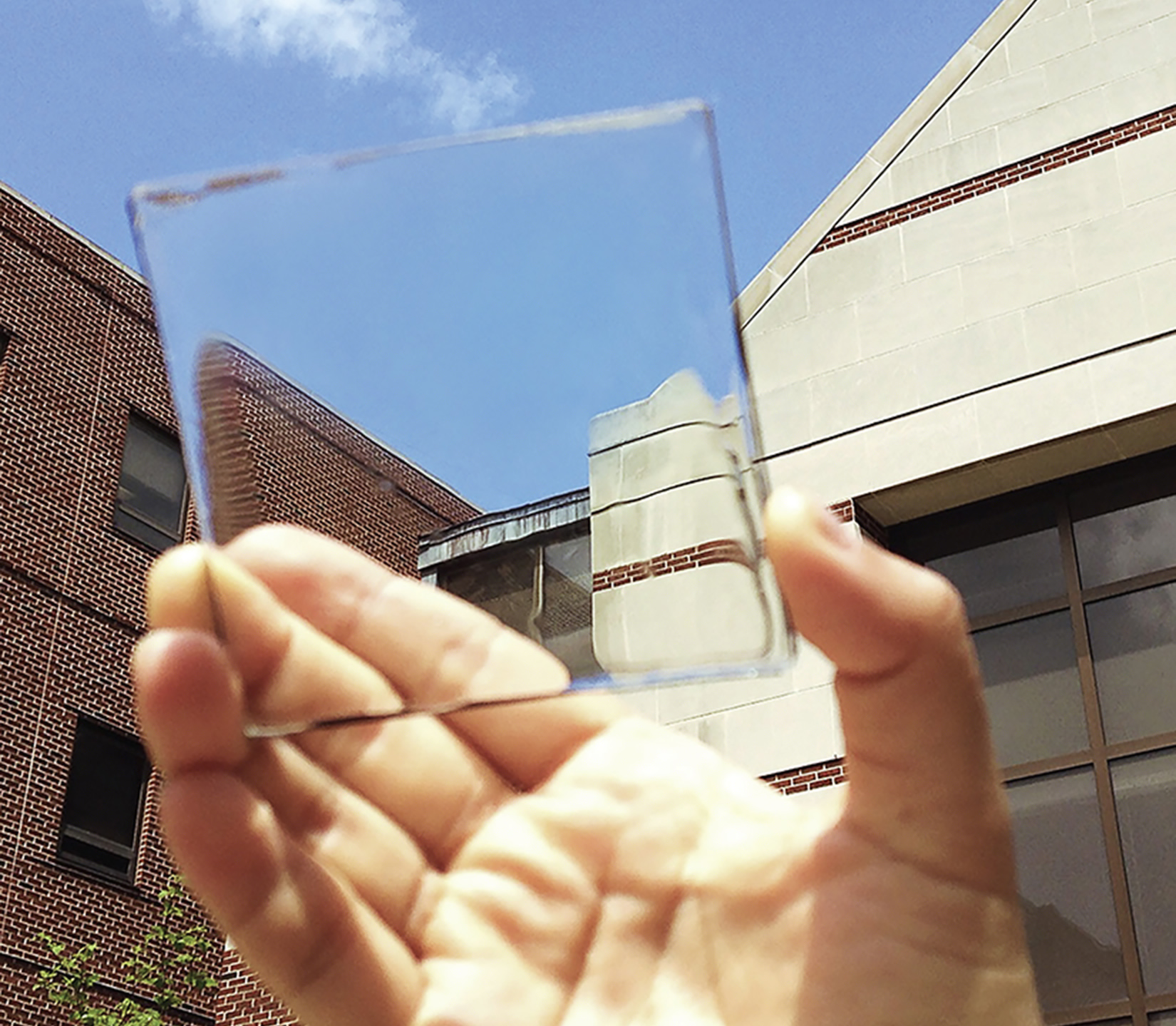


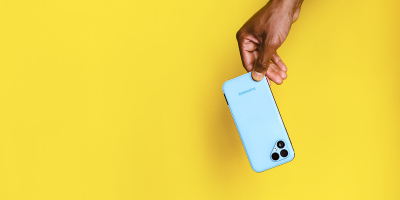


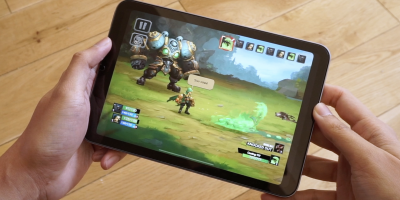
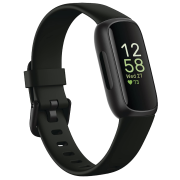
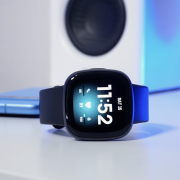


Boooo! Go Blue!
@aw1974:disqus
It’s not blue or green — it’s TRANSPARENT! WHAT’S THE MATTER WITH YOU GUYS, HUH?
Hey, Joe…please remember that if it weren’t for the awesome turf management program at State, you reefer-heads in AA would be smoking much lower quality stuff!
Hey man, I live in Lansing… Lol
Well, at least you wised up, Joe! :)
Michigan Engineering ftw!
Hail to the Victors!
Go Green!!
Replace the glass back of some phones with a standard solar panel…like the Sony Z3, ditch the glass..replace with solar panel..
I think thought that the z3 was going to have a plastic like back… I could be wrong though.
I thought Samsung already fixed the battery life issue (a plug at the airport told me so)
Serious question, here, and I’ll admit my ignorance of this subject: Since it is only capturing such a small amount of the energy that passes through it, could they theoretically place multiple of these on top of one another? Or, is that other 99% simply wasted?
I think it captures all the energy but is only able to have a conversion factor of 1%, so the one on top takes everything.
I imagine this could be possible however it would increase the thickness required and more importantly less light would shine through the screen which means they would have to increase the brightness and you wouldn’t really be gaining anything.
It is only capturing energy at certain wavelengths (IR) – It’s probably fairly efficient for capturing IR, but IR is just a small fraction of the power available in sunlight.
think note 9
In pretty sure I’ve read on each phone I’ve bought “Do not leave in direct sunlight”
^This. Direct sunlight will destroy an AMOLED screen. Just find a display model at a store thats been sitting in the sun with a sticker on it and remove that sticker. It seriously F’s the screen up bad.
Plus it will make your phone dangerously hot, especially people with a black front panel.
Would be awesome if it also used the light that comes from the backlight of the LCD to charge
Attention idiots. Forget the infrared thing. Put a normal (40% efficient) solar panel on the back of the phone.
More power, and you won’t ruin your screen.
Why not have both? If we have a fully solar device from any angle it provides the full potential.
because the back of my phone is exposed to light when…?
do you live under a rock?
Not cost efficient. Do you know how much those things cost!?
Are you expecting these to be 8x cheaper than a regular solar cells? Assuming they do get the efficiency up to 5% as they hope, that’s what it will take to get these thing’s to be competitive with regular solar cells.
These are likely to be more expensive per watt than a standard cell. In the case of things like using them as house windowing, there not going to be practical yet because most of us are not hurting for a place to hide solar panels, we have a roof, but hurting for the initial cost of the panels and/or batteries.
Pretty neat. Makes me think of solar watches, like the Citizen Eco-Drive. It charges up with ANY light and never needs a new watch battery.
I am not sure how practical this is since my phone spend more time in my pocket than anywhere else.
I’m still waiting on the invention of the chocolate microscope.
Cool.
It seems to me that if smaller squares were used, these could be fashioned into transparent clothing by mounting them onto transparent plastics or very sheer fabrics.
Such clothing could be made mandatory because of the societal benefits of the free energy that would be collected.
I am wondering how durable these will be, if they use this Solar panel on the front of your phone and it gets dropped would it crack the panel thus rendering it useless?
Completely and totally useless for smartphones:
1) The law of conservation of energy in general, trying to charge the battery using light from the display is utterly ridiculous.
2) The reason these are transparent is because they only absorb IR – any good panel will emit next to nothing as far as IR goes.
The post from Ryan above aside, the intention is not to absorb light from the LED/LCDs but from the sun while using them outside.
While I agree they are likely not going to be practical, cost vs benefit… they are not meant to be used as your implying, but just as an offset when what ever light happens to hit them.
1. Emit light from phone’s display.
2. Collect light through solar panel on top of screen.
3. Infinite battery life.